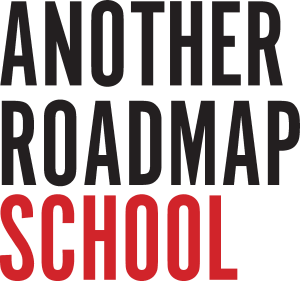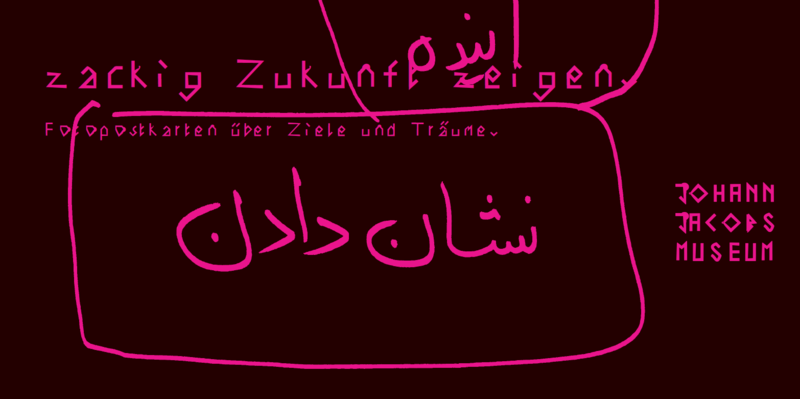Practice project 2017
The research and practice at Johann Jacobs Museum builds on a collaboration already established in 2016: A group of 6-10 youth (unaccompanied minor refugees) aged 16-19 were meeting at JJM from May to December 2016. In this first phase, we worked together on identities and personal job expectations/opportunities. The creative outcomes of this collaboration were staged photo-postcards which were presented to an invited group of people in a self-customised imitation of an exhibition opening at the museum. Out of this experience, the practice project of re-engaging Freire was developed with the young people. In this project (March – September 2017) with the youth, the aim will be to elaborate on the topic of finding “a good job“, work and socio-political conditions, and how to share their gained and deepened knowledge via broadcasting and a small exhibition display. It is collaboration of JJM and Zurich’s free Radio LoRa.
See some examples of the postcards here:


Research questions and hypotheses: One strategy of gaining and deepening knowledge, as well as figuring out which (hidden) knowledge is already available within the group and which information they need to gather, will be working with contemporary art from the JJM and beyond.
Goals of the project:
1) Gaining knowledge on job opportunities in the context of migration/asylum in Switzerland
2) Understanding norms as something “produced” in a hegemonial setting, but also the spaces of movement and ambiguity. Use of artworks as generative impulses; the selection is made out of the “generative themes” resulting from the previous project with the group.
3) Translation or coding of the knowledge and understanding gained by the group in own image/audio productions
Contemporary art shall be used in the sense of Freire’s generative images. There are two hypotheses connected to this: A) that artwork, in contrast to statements of Freire himself on the original generative images (commissioned by Freire to Francisco Brenand), deals basically with both the magic/metaphorical and the causal. B) Contemporary art as generative images may allow to overcome the rationalist assumption of an emancipation from “magical” to “critical” worldviews inherent in Freire’s methodology and describe the complexity of engagements with images for learning “to read the world”, one’s position and possibilities of action.
What we aim at is “engaging subjects in a conversation on things that are difficult to say”: How can we talk starting from artworks with young people about the socio-political conditions of defining one’s career choices, and the things the majority society does not want to hear about? Can artistic strategies be used for self-determined images and strategies concerning jobs and careers? Which role does rational “decoding” of images play in this process, and how does complexity and the non-causal of artistic strategies play in?
The learning processes in this project will be reflected in relation to existing methodologies of working with generative images for language learning and integration. How do they relate to the work of SPE in Zurich in the 1970ies?
Text: Camilla Franz

